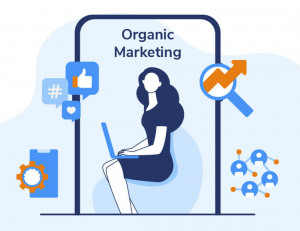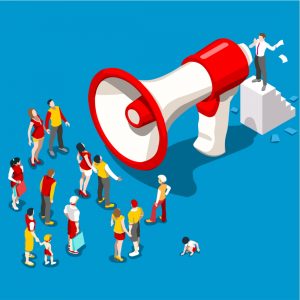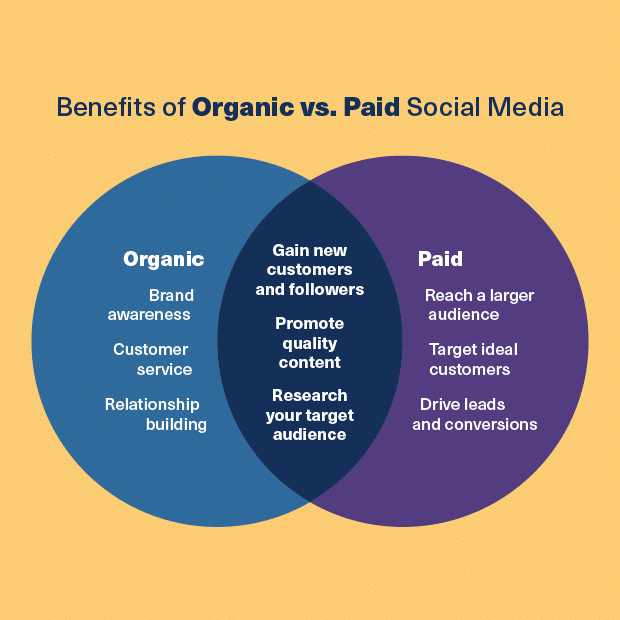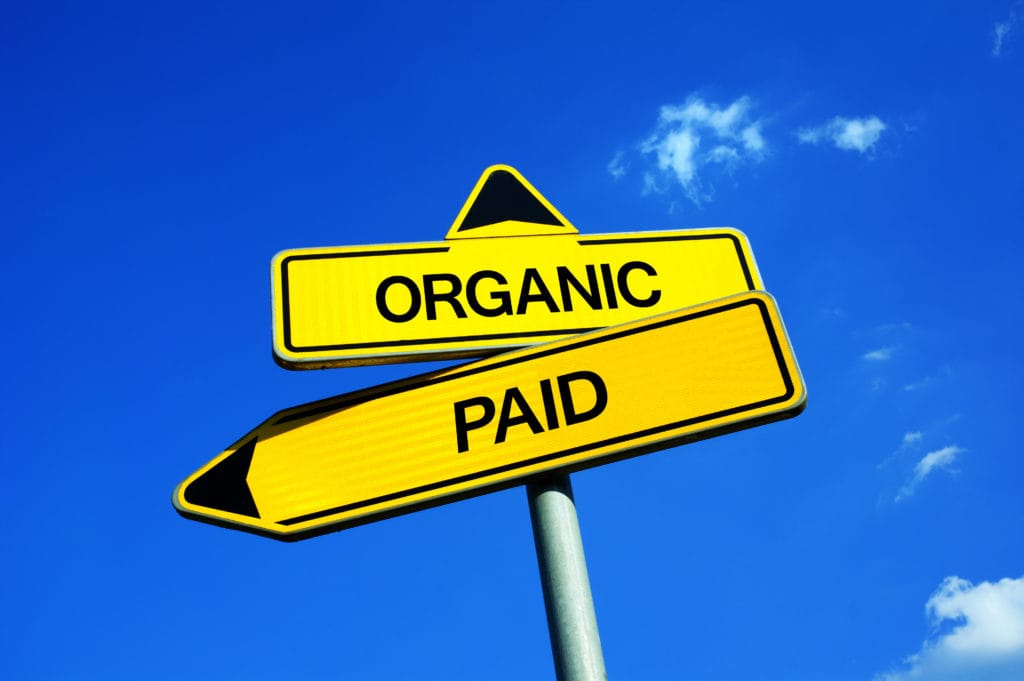With consumers active on an almost infinite number of platforms, marketers must determine where, when, and how to effectively reach them with product and service messaging. They can choose to reach audiences organically or use their budgets to drive paid traffic once they’ve figured out the best strategy.
While there are a variety of digital marketing strategies available, they all fall into one of two categories: organic or paid. Knowing when to use one over the other and how to combine the two in a successful integrated marketing campaign is essential for marketers.
Before going over the advantages and disadvantages of paid vs organic, it’s important to understand what each option entails and how it can benefit your marketing efforts.
What is Organic marketing?

The organic approach, also known as inbound marketing, is essentially the modern marketer’s way of utilising word-of-mouth messaging. The idea is to use social media and online search engines to distribute relevant content to a targeted audience. This raises the question of what organic traffic is. When these methods are successful in attracting visitors, the audience members become organic traffic.
Types of organic advertising:
1. Unpaid social media posts on Facebook, Twitter, LinkedIn, HackerNews, Reddit, etc.
2. Blog posts
3. User-generated content
4. Newsletters
5. SEO
6. PR and link generation
7. YouTube

Organic marketing aims to educate audiences, optimise content for better search results, position businesses as thought leaders in their fields, and cultivate long-term relationships with customers. Marketing teams track search result page rankings, organic traffic numbers, and content-driven leads to determine the success of inbound tactics.
Blog posts, landing pages, white papers, case studies, and infographics are all examples of content marketing. Marketers create and distribute SEO-friendly content, then promote the links via social media and email newsletters. The benefit of an organic approach is that brands can share information for free. Furthermore, rather than being a sales pitch, the content is educational, relevant, and helpful to viewers, which makes it feel more authentic to audiences.
The main disadvantage is that it takes a lot of work to create high-performing content and earn consumer trust, so it takes longer to see results, especially when compared to paid marketing.
What is Paid Marketing?
When businesses pay for online traffic, they’ve entered the realm of paid advertising. Paid marketing used to be done in the form of a billboard, poster, or print ads. Marketers are now employing a paid strategy to supplement their digital marketing efforts. As a result of these efforts, the term “paid traffic” was coined to describe customers who came to the brand via paid advertising.

Types of paid advertising:
1. Paid search marketing
2. Display advertising
3. Social media paid marketing
4. Retargeting PPC marketing
5. Affiliate marketing
6. Influencer Marketing

Marketers who opt for this strategy are essentially paying for results. The goal is to achieve a solid return on investment at a faster rate than organic marketing, which includes converting viewers into customers and meeting sales targets within the time frame set. Marketers measure the success of paid marketing campaigns by tracking conversion and engagement rates for each advertisement.
This strategy is used in the digital world by distributing ads and sponsored posts on social media and search platforms. Pay-per-click (PPC) campaigns are popular paid marketing strategies in which advertisers pay the publisher each time an ad is clicked. Consumers who visit a brand’s website after clicking on an ad are considered paid traffic.
Compared to organic marketing, paid marketing allows brands to reach audiences more directly. Rather than waiting for viewers to stumble upon a blog post, marketers can target their ads to the exact location where their target audience is already searching.
A disadvantage of paid advertising is that customers may be quick to disregard paid marketing efforts if they feel the content is being forced upon them.
What’s the right approach?
These two approaches to digital marketing actually work well together and are often more effective when used together than when used separately. For example, a company might regularly post and promote blogs while also launching a paid social media campaign to drive even more traffic. Marketers may also choose to boost social posts that contain links to their content. You may have even noticed some overlap between the two, as they can both be used to drive engagement, acquisition, and conversion – just in different ways.
Organic marketing has an impact on paid marketing because if someone finds your website organically, you can retarget them with paid ads later (on social media, search engines, etc.).

Companies that do not use organic marketing miss out on creating powerful emotional connections with their customers and limit the number of ways their audiences can connect with their brand. Organic marketing is authentic, natural, and value based, and the approach focusing on long tail content generally tends to resonate more with potential customers.
Not every business will have the need, or even the financial resources, to launch paid marketing campaigns. Organic marketing, on the other hand, is something that every business should embrace. It isn’t an option. This is why. A paid-only marketing strategy is shallow; it will not help you build an authentic connection with your customers. If all they see are advertisements, with no educational content, informational emails, or even engaging social media posts to supplement those advertisements, you will lose your customers’ mindshare in two ways:
- You miss out on building an emotional connection with your customers, which is now the most important factor in a positive brand experience.
- You limit the ways in which customers can interact with your brand. After all, consumers who consume early-stage educational content are 131 percent more likely to purchase.

In general, marketers should develop marketing strategies based on the approach that is best suited to achieving the desired results. Organic and paid marketing can often work together to achieve the desired results.
It’s critical to think about how you can best address all of your business goals using a mix of organic and paid marketing tactics as you develop your marketing strategy. Some objectives will favour one over the other. Other objectives may necessitate a collaboration between the two. In either case, both types of marketing will assist you in achieving your business objectives with a high level of impact and efficiency. You’ve found the perfect balance when both sides of marketing are successfully feeding your funnel. All you have to do now is test and fine-tune as you go.
